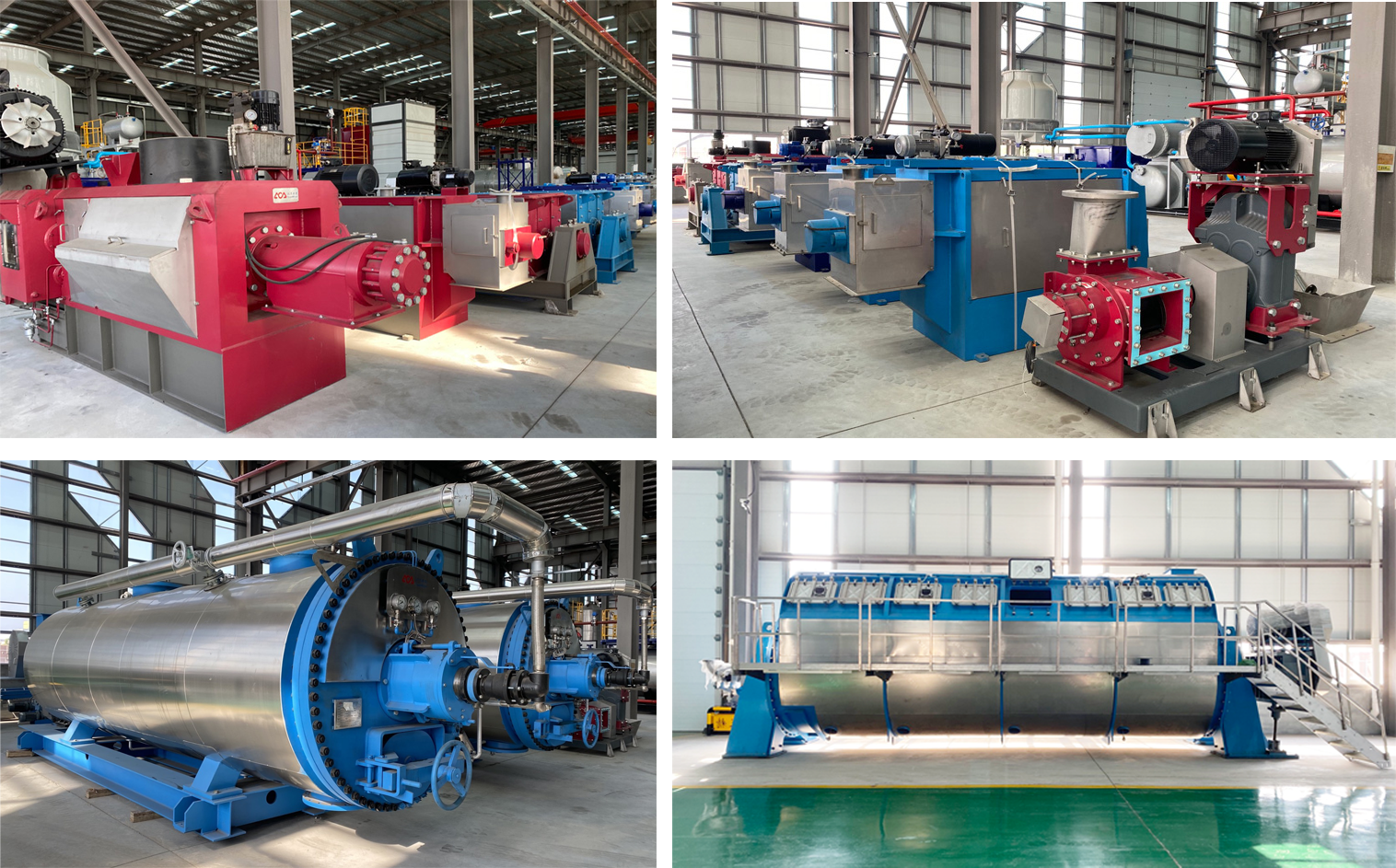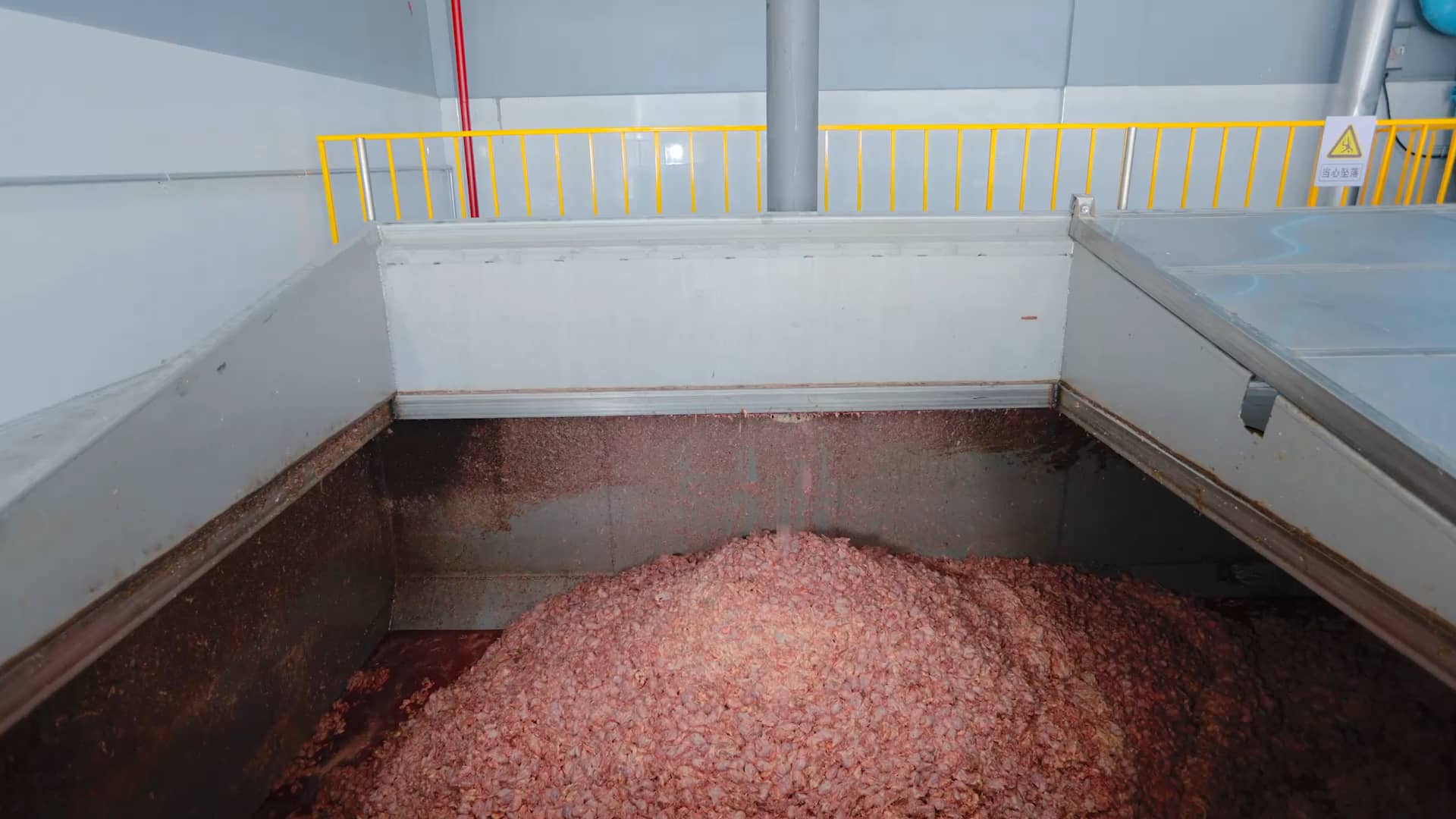
Bones Crusher: Understanding the Causes and Treatment for Bone Fractures
Bones Crusher: Understanding the Causes and Treatment for Bone Fractures
“Bones Crusher” is a term that has been used to describe various things, from workout routines to industrial machines. However, in this article, we will be discussing a particular type of bone crusher – one that is used in the field of forensic anthropology.
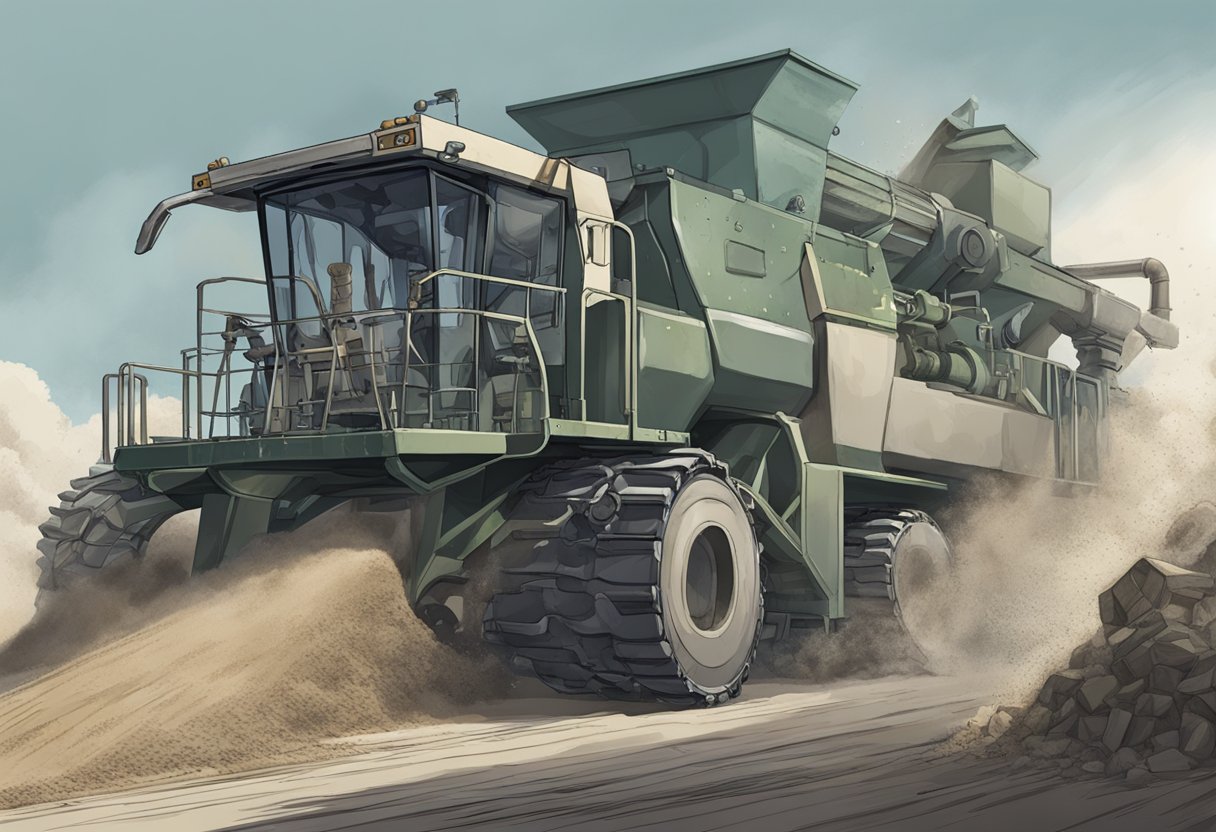
Forensic anthropology is the study of human remains in a legal context. When human bones are discovered, it is often the job of a forensic anthropologist to identify the individual and determine the cause of death. This is where the bone crusher comes in.
The bone crusher is a machine that is used to pulverize bones. This machine is often used in forensic anthropology in order to determine the age, sex, and ancestry of human remains. It is also used by archaeologists to break down bones for study purposes. While the machine is not always necessary, it can be useful in cases where the bones are too dense or large to be broken down by hand.
Anatomy of a Bone Crusher
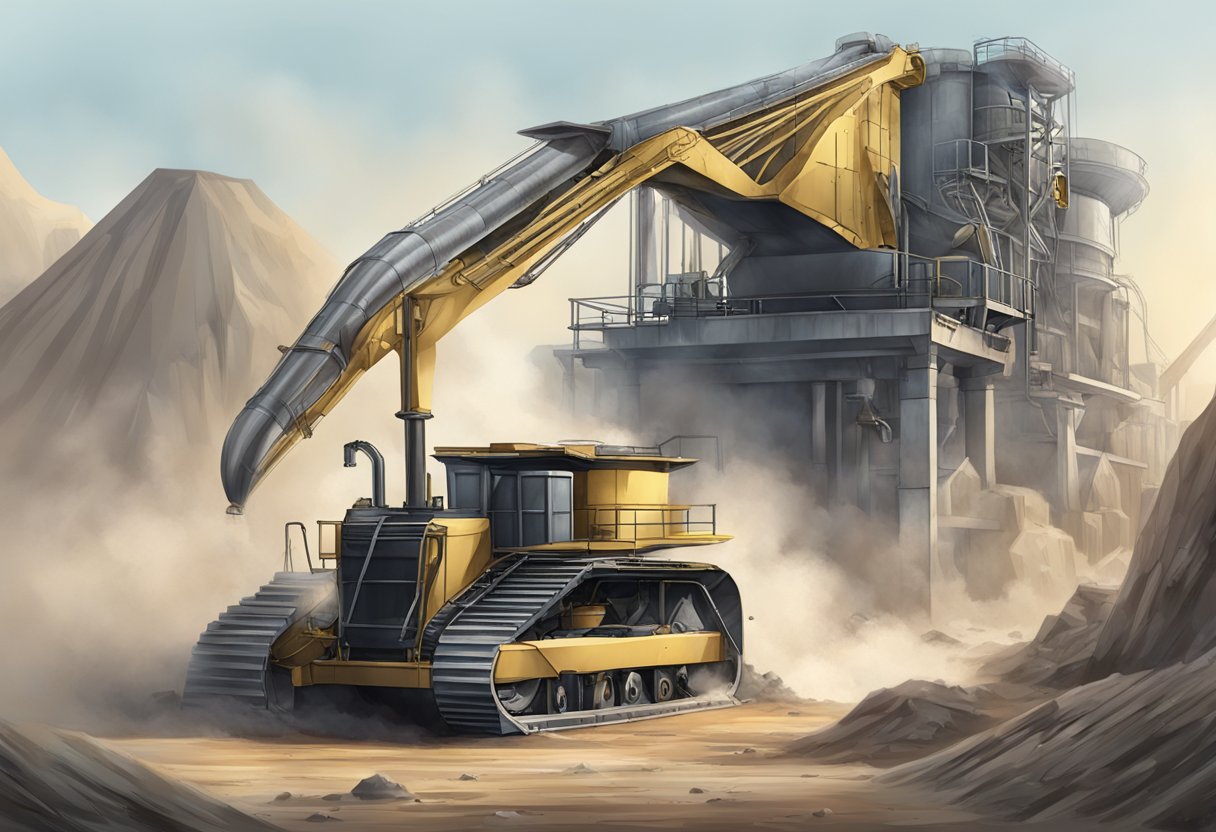
Skeletal Structure
The Bone Crusher is a formidable predator with a unique skeletal structure that allows it to efficiently crush bones and consume the marrow inside. Its skull is large and robust, with powerful jaw muscles that attach to the sagittal crest, providing the necessary force for crushing meat bones. The teeth of the Bone Crusher are also specialized for this purpose, with thick enamel and sharp edges that can easily break through bone.
The vertebral column of the Bone Crusher is also unique, with a highly flexible neck and a series of fused vertebrae in the tail that provide stability and support during feeding. The limbs of the Bone Crusher are relatively short and sturdy, with strong muscles that allow it to hold down struggling prey while it crushes bones.
Muscular System
The muscular system of the Bone Crusher is highly developed, with powerful muscles in the jaw, neck, and limbs that allow it to effectively crush bones. The jaw muscles are particularly strong, with a large masseter muscle that provides the necessary force for crushing bones. The neck muscles are also well-developed, allowing the Bone Crusher to hold down struggling prey while it feeds.
The limb muscles of the Bone Crusher are also strong, with powerful biceps and triceps that allow it to hold down prey and lift its own body weight. The leg muscles are short and sturdy, providing the necessary support for the Bone Crusher’s heavy body.
In conclusion, the Bone Crusher is a highly specialized predator with a unique skeletal structure and muscular system that allow it to efficiently crush bones and consume the marrow inside. Its powerful jaw muscles and specialized teeth make it a formidable predator, while its strong neck and limb muscles provide the necessary support for feeding.
Evolution of Crushing Mechanisms

Historical Development
The use of crushing mechanisms dates back to ancient times when stones were used to crush grains and other materials. As civilizations developed, so did the technology used for crushing. The first mechanical crushers were developed in the 1800s and used steam power to operate.
In the early 1900s, the first electric crushers were developed, revolutionizing the industry. These crushers were more efficient and could crush larger quantities of materials in a shorter amount of time. As the demand for crushed materials increased, so did the need for more advanced crushing mechanisms.
Adaptations Over Time
Over time, crushing mechanisms have been adapted to meet the specific needs of various industries. For example, in the mining industry, crushers are designed to crush large rocks into smaller pieces for processing. In the construction industry, crushers are used to crush concrete and other materials into smaller, more manageable pieces.
Advancements in technology have also led to the development of more specialized crushing mechanisms. For example, cone crushers and impact crushers are designed to handle specific types of materials and produce specific particle sizes.
In recent years, there has been a focus on developing more environmentally friendly crushing mechanisms. This has led to the development of crushers that use less energy and produce less waste.
Overall, the evolution of crushing mechanisms has been driven by the need for more efficient and effective ways to crush materials. As technology continues to advance, it is likely that we will see further advancements in the field of crushing mechanisms.
Types of Bone Crushers
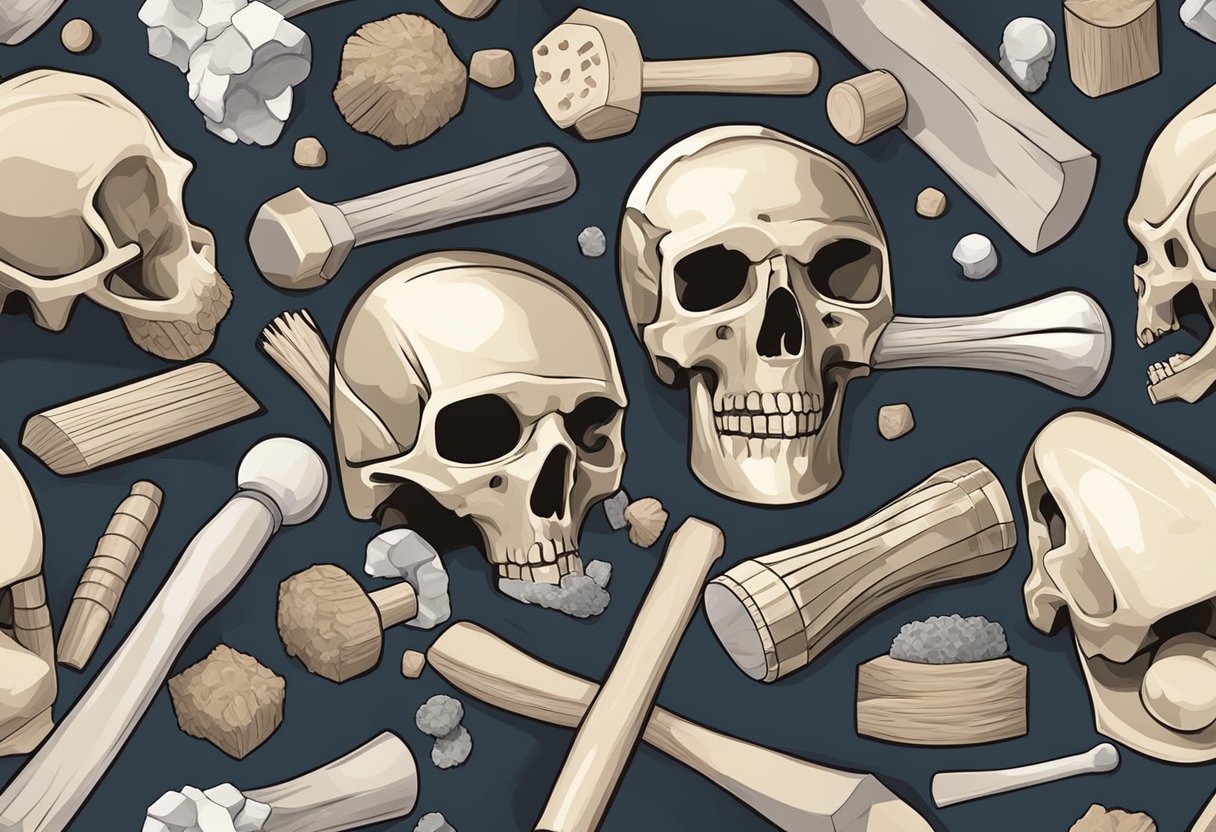
Mammalian Bone Crushers
Mammalian bone crushers are known for their powerful jaws and teeth that are adapted to crush and grind bones. These animals include carnivores such as hyenas, wolves, and big cats, as well as omnivores like bears and raccoons.
The jaw structure of mammalian bone crushers is designed to exert maximum force on bones. For example, the hyena’s skull has a unique shape that allows it to open its jaws wider than any other carnivore, and its teeth are incredibly strong, capable of crushing bones with ease.
Reptilian Bone Crushers
Reptilian bone crushers are a group of animals that include crocodiles, alligators, and monitor lizards. These animals have powerful jaws and teeth that are adapted to crush the bones of their prey.
Unlike mammalian bone crushers, reptilian bone crushers have teeth that are constantly replaced throughout their lives. This allows them to maintain their ability to crush bones even as their teeth wear down.
Crocodiles and alligators have the strongest bite force of any living animal, with the ability to exert over 3,000 pounds of pressure per square inch. Monitor lizards, on the other hand, have sharp, serrated teeth that are ideal for crushing bones.
In conclusion, bone crushers are a diverse group of animals that have evolved unique adaptations to help them crush and consume bones. Whether mammalian or reptilian, these animals are fascinating examples of the incredible diversity of life on our planet.
Bone Crushing Techniques
Bite Force
Bones Crusher is known for its incredibly powerful bite force, which is essential for crushing bones and tearing through tough flesh. The force of the bite is generated by the contraction of the jaw muscles, which are some of the strongest in the animal kingdom.
Studies have shown that the bite force of Bones Crusher can reach up to 2000 pounds per square inch (psi), making it one of the most powerful predators in the world. This force is sufficient to crush bones of a large animal with ease, which is why Bones Crusher is such an effective hunter.
Leverage and Grip
In addition to its strong bite force, Bones Crusher also uses leverage and grip to crush bones. The animal’s powerful neck muscles allow it to exert tremendous force on its prey, while its sharp teeth and claws provide a secure grip.
The leverage and grip techniques used by Bones Crusher are particularly effective when hunting large prey, such as wildebeest or bison. By using its weight and strength to pin down the animal, Bones Crusher can then deliver a crushing bite to the neck or skull, quickly dispatching its prey.
Overall, Bones Crusher’s bone crushing techniques are a testament to the animal’s strength and hunting prowess. With its powerful bite force, leverage, and grip, this predator is a force to be reckoned with in the animal kingdom.
Ecological Impact
Role in the Ecosystem
As a top predator, Bone Crusher plays a crucial role in the ecosystem. Its presence helps to regulate the populations of prey species, preventing overgrazing and maintaining a healthy balance in the food chain. Without Bone Crusher, the populations of prey species could become too large, leading to a depletion of resources and potentially causing a collapse of the ecosystem.
Effects on Prey Populations
While Bone Crusher’s role in the ecosystem is important, it can also have significant impacts on prey populations. The species has a reputation for being a formidable predator, capable of taking down large prey such as bison and elk. As a result, the populations of these species may decline in areas where Bone Crusher is present.
However, it’s important to note that Bone Crusher typically targets weaker or injured individuals, rather than healthy members of a population. This means that its impact on prey populations is often not as severe as some may believe. Additionally, the presence of Bone Crusher can actually benefit prey populations by weeding out weaker individuals and allowing stronger ones to survive and reproduce.
Overall, Bone Crusher’s ecological impact is complex and multifaceted. While it can have negative effects on prey populations, its role in regulating the ecosystem is crucial for maintaining a healthy balance.
Bone Crusher Habitats
Natural Habitats
Bone Crushers are a species of large, carnivorous dinosaurs that are known to inhabit a variety of environments. They can be found in dense forests, open plains, and even in mountainous regions. However, they tend to prefer areas with plenty of cover and easy access to water sources.
These dinosaurs are known for their incredible strength and agility, which allows them to navigate through even the most challenging terrain. They are also highly adaptable and can thrive in a range of different conditions.
Migration Patterns
Bone Crushers are known to be highly migratory creatures, traveling long distances in search of food and suitable habitats. They typically migrate in large herds, which can number in the hundreds or even thousands.
During their migrations, Bone Crushers will often travel across vast stretches of land, crossing rivers, mountains, and other natural barriers in search of new territory. They are also known to be highly territorial, fiercely defending their hunting grounds from other predators.
Overall, Bone Crushers are a fascinating and highly adaptable species that have managed to survive and thrive in a range of different environments. Their incredible strength and agility make them a formidable predator, and their migratory habits make them a key part of many ecosystems around the world.
Threats to Bone Crushers
Human Activities
Bone Crushers face a number of threats from human activities. One of the main threats is habitat destruction due to deforestation and urbanization. As humans continue to expand their settlements and clear forests for agriculture and other purposes, the habitats of Bone Crushers are being destroyed, leading to a decline in their populations.
Another threat to Bone Crushers is hunting. Some people hunt these animals for their meat, while others kill them for sport or to protect their livestock. This has led to a significant reduction in the number of Bone Crushers in some areas.
Environmental Changes
Environmental changes are also a major threat to Bone Crushers. Climate change is causing changes in temperature and rainfall patterns, which can have a significant impact on the habitats of these animals. For example, if the temperature becomes too hot or too cold, Bone Crushers may struggle to survive.
In addition, changes in rainfall patterns can lead to a reduction in the availability of food and water for Bone Crushers, which can also have a negative impact on their populations. As the climate continues to change, it is likely that Bone Crushers will face even greater threats in the future.
Overall, it is important to take steps to protect Bone Crushers from these threats. This may include measures such as habitat conservation, hunting regulations, and efforts to mitigate the impacts of climate change. By taking action now, we can help to ensure that these fascinating animals continue to thrive in the wild for many years to come.
Conservation Efforts
Protection Laws
To protect the bone crusher population, several countries have implemented laws and regulations. These laws make it illegal to hunt, capture, or trade bone crushers. Violators can face hefty fines and even imprisonment. Additionally, some countries have designated protected areas where bone crushers can live without human interference.
Rehabilitation Programs
Rehabilitation programs have been established to help injured or orphaned bone crushers. These programs provide medical treatment, food, and shelter until the animals are healthy enough to be released back into the wild. Some programs also educate the public about bone crushers and their importance in the ecosystem.
Overall, conservation efforts have been successful in stabilizing the bone crusher population. However, continued efforts are necessary to ensure the long-term survival of these magnificent creatures.
Cultural Significance
Mythology and Folklore
Bones Crusher has a significant place in various mythologies and folklores around the world. In Greek mythology, he is known as Hades, the god of the underworld, who rules over the dead and the afterlife. In Norse mythology, he is known as Hel, the goddess of death and the underworld. In Hindu mythology, he is known as Yama, the god of death and justice.
In many cultures, Bones Crusher is depicted as a powerful and feared figure, associated with death and the afterlife. He is often portrayed as a skeletal figure wielding a scythe or other weapon, ready to claim the souls of the deceased. Many cultures also have rituals and traditions related to Bones Crusher, such as the Mexican Day of the Dead, where people honor their deceased loved ones with colorful altars and offerings.
Modern Media Depictions
Bones Crusher has also become a popular figure in modern media, appearing in various forms of entertainment such as movies, TV shows, and video games. In popular culture, he is often portrayed as a villain or antagonist, embodying the concept of death and destruction.
One of the most popular modern depictions of Bones Crusher is in the video game series, Diablo. In the game, he is known as Malthael, the Angel of Death, and serves as the main antagonist in the expansion pack, Reaper of Souls. In the game, players must defeat Malthael and his army of reapers to save the world of Sanctuary.
Overall, Bones Crusher has a significant cultural significance, appearing in various mythologies and modern media depictions. His image as a powerful and feared figure associated with death and the afterlife has captured the imagination of people around the world for centuries.
Research and Studies
Zoology and Ethology
Bones Crusher has been a subject of interest in the field of zoology and ethology due to its unique feeding behavior. Researchers have conducted studies to understand the hunting and feeding habits of this apex predator. Through these studies, it has been discovered that Bones Crusher is a highly intelligent and adaptable predator that is capable of taking down larger prey.
One study conducted on the feeding behavior of Bones Crusher revealed that it has a preference for hunting large herbivores such as elephants and rhinos. The study also found that Bones Crusher is capable of crushing bones with its powerful jaws, allowing it to access the nutrient-rich marrow inside.
Paleontology Discoveries
In addition to modern-day studies, Bones Crusher has also been a subject of interest in paleontology. Fossilized remains of this apex predator have been discovered in various parts of the world, providing valuable insights into its evolutionary history.
One notable discovery was made in the late 1990s when a team of paleontologists uncovered a nearly complete skeleton of Bones Crusher in the Badlands of South Dakota. This discovery provided valuable information about the anatomy and behavior of this apex predator, shedding light on its evolutionary history and its role in the ecosystem.
Overall, research and studies on Bones Crusher have provided valuable insights into the hunting and feeding habits of this apex predator, as well as its evolutionary history. These findings have helped to deepen our understanding of the natural world and the role that apex predators play in maintaining ecological balance.

